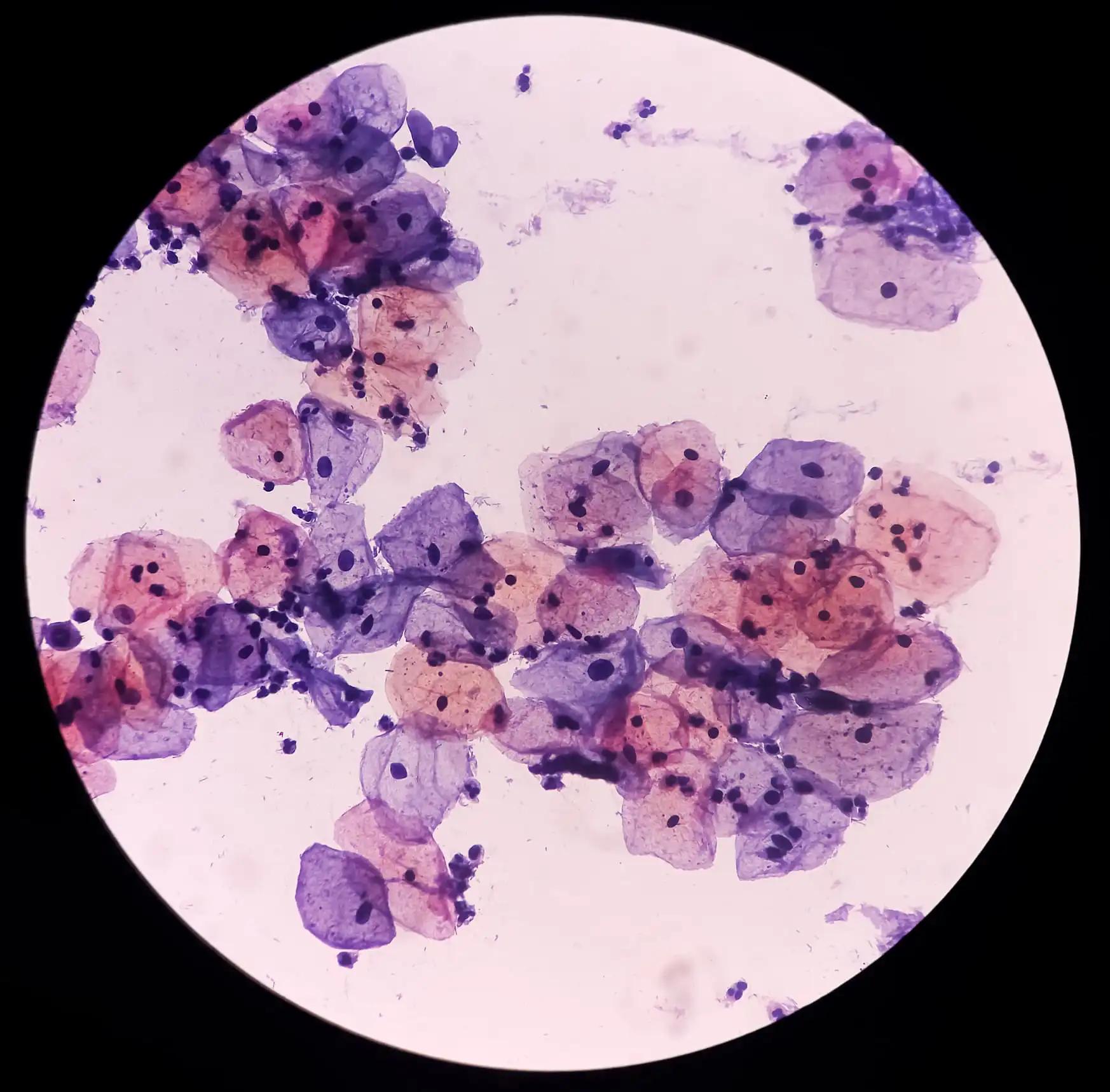KEY TAKEAWAYS
- The study aimed to investigate the efficacy of indocyanine green and patent blue tracers in detecting sentinel nodes as an alternative to systematic lymphadenectomy in CC.
- Researchers noticed that Indocyanine green outperformed patent blue in detecting positive nodes, with a notable boost when combined.
Lymphatic involvement is the most important prognostic factor in early-stage cervical cancer (CC). Sentinel lymph node biopsy is a viable alternative to systematic lymphadenectomy and may identify metastases more precisely.
Benedikt Wess and the team aimed to investigate the efficacy of sentinel lymph node biopsy in early-stage CC, focusing on comparing the use of indocyanine green and patent blue dye as tracers.
They performed an inclusive analysis of women treated for early-stage CC (International Federation of Gynecology and Obstetrics 2009 IA1 with lymphovascular invasion, IA2, and IB1) in a single-center, retrospective study. The study utilized data from the SENTIX trial, a prospective, multicenter trial documenting the location and tracer of all detected sentinel nodes. All sentinel nodes underwent frozen section analysis and final ultra staging using a standard protocol.
About 103 patients were included in the study. The bilateral detection rate for indocyanine green was significantly higher at 93.2% compared to 77.7% for blue dye (P=0.004). Combining both tracers significantly increased bilateral detection to 99.0% (P=0.031). Nearly all sentinel nodes (97.4%) were located below the common iliac vessels, with no para-aortic nodes labeled.
Simultaneous bilateral detection occurred in 71.8% of cases, with 91.9% having identical sentinel nodes. Among seven patients with positive nodes (6.8%), all were marked with indocyanine green, while patent blue labeled six. Frozen section analysis missed one macrometastasis and three micrometastases, resulting in a sensitivity of 43% and a negative predictive value of 96%.
The study concluded that there were no differences in the anatomical distribution and topographic localization of sentinel nodes obtained with the tracers. However, indocyanine green exhibited a significantly higher bilateral detection rate and superior sensitivity for detecting positive nodes compared to patent blue dye. Furthermore, combining both tracers significantly increased the bilateral detection rate.
The study received no funds.
Source: https://pubmed.ncbi.nlm.nih.gov/38485222/
Wess B, Kohler C, Plaikner A, et al. (2024). “Comparative study using indocyanine green and patent blue dye for sentinel lymph node biopsy in patients with early-stage cervical cancer.” Int J Gynecol Cancer. 2024 May 6;34(5):675-680. doi: 10.1136/ijgc-2023-005206. PMID: 38485222.



